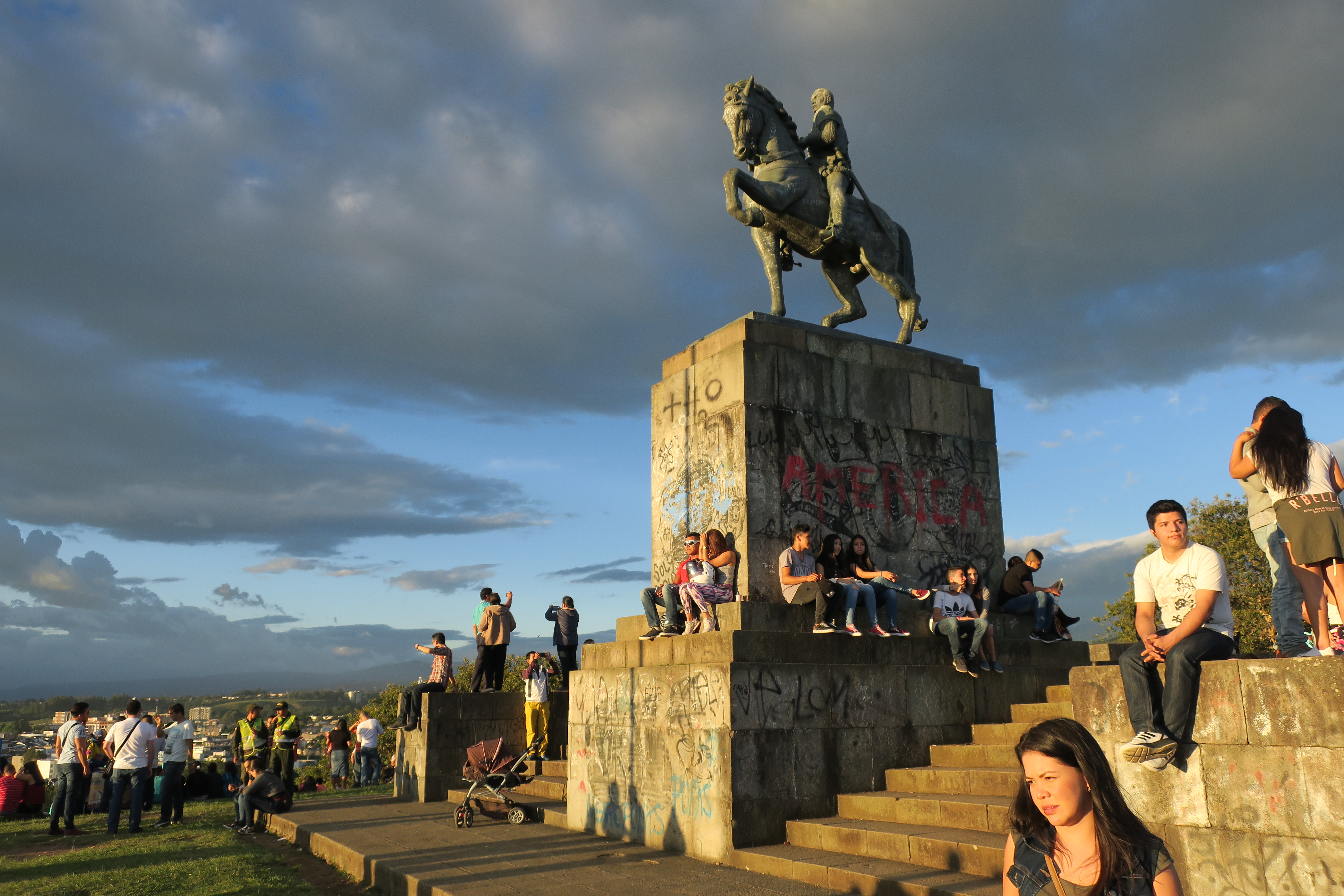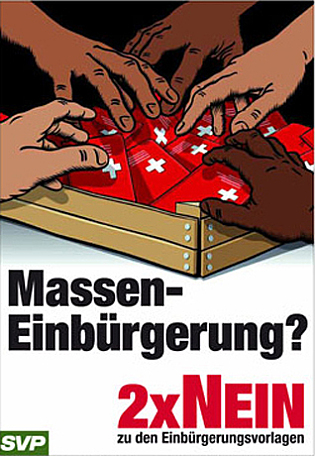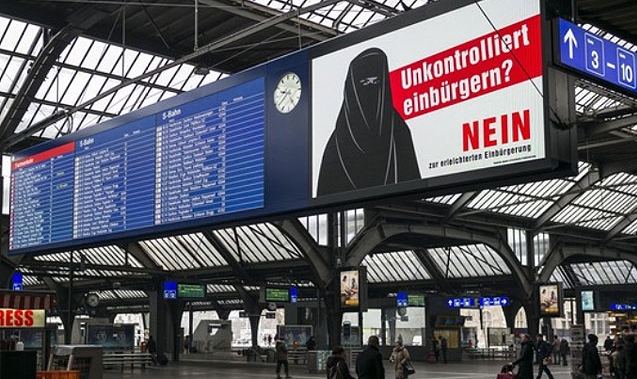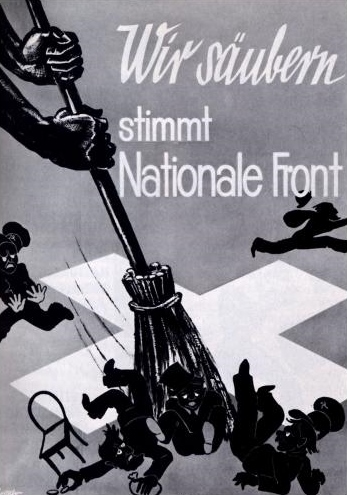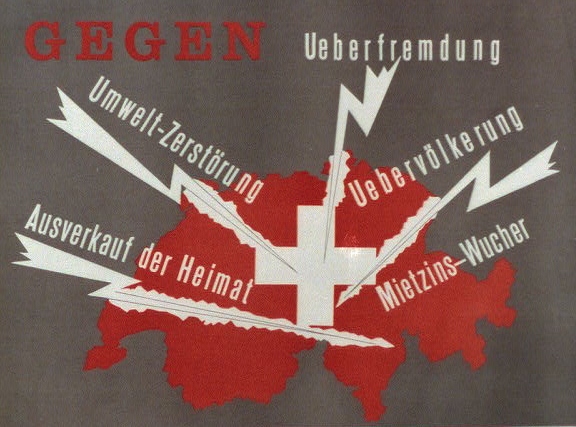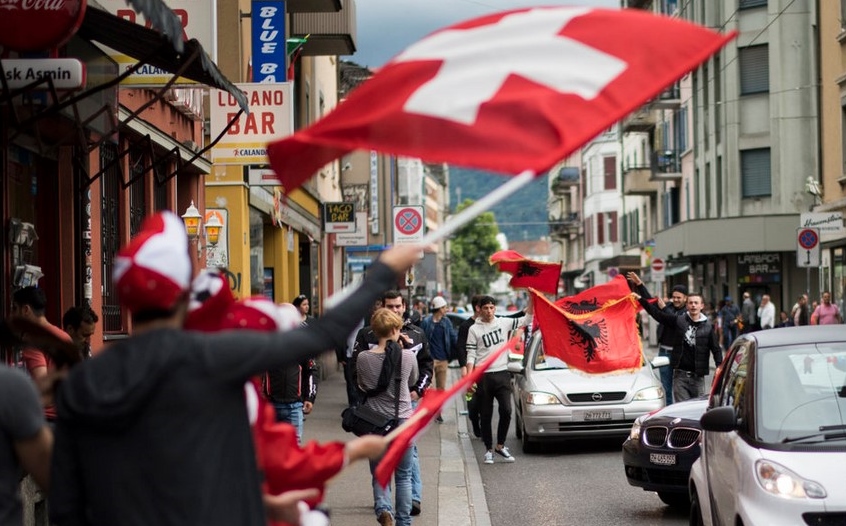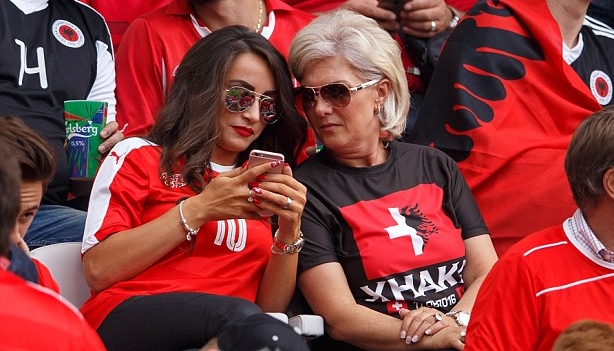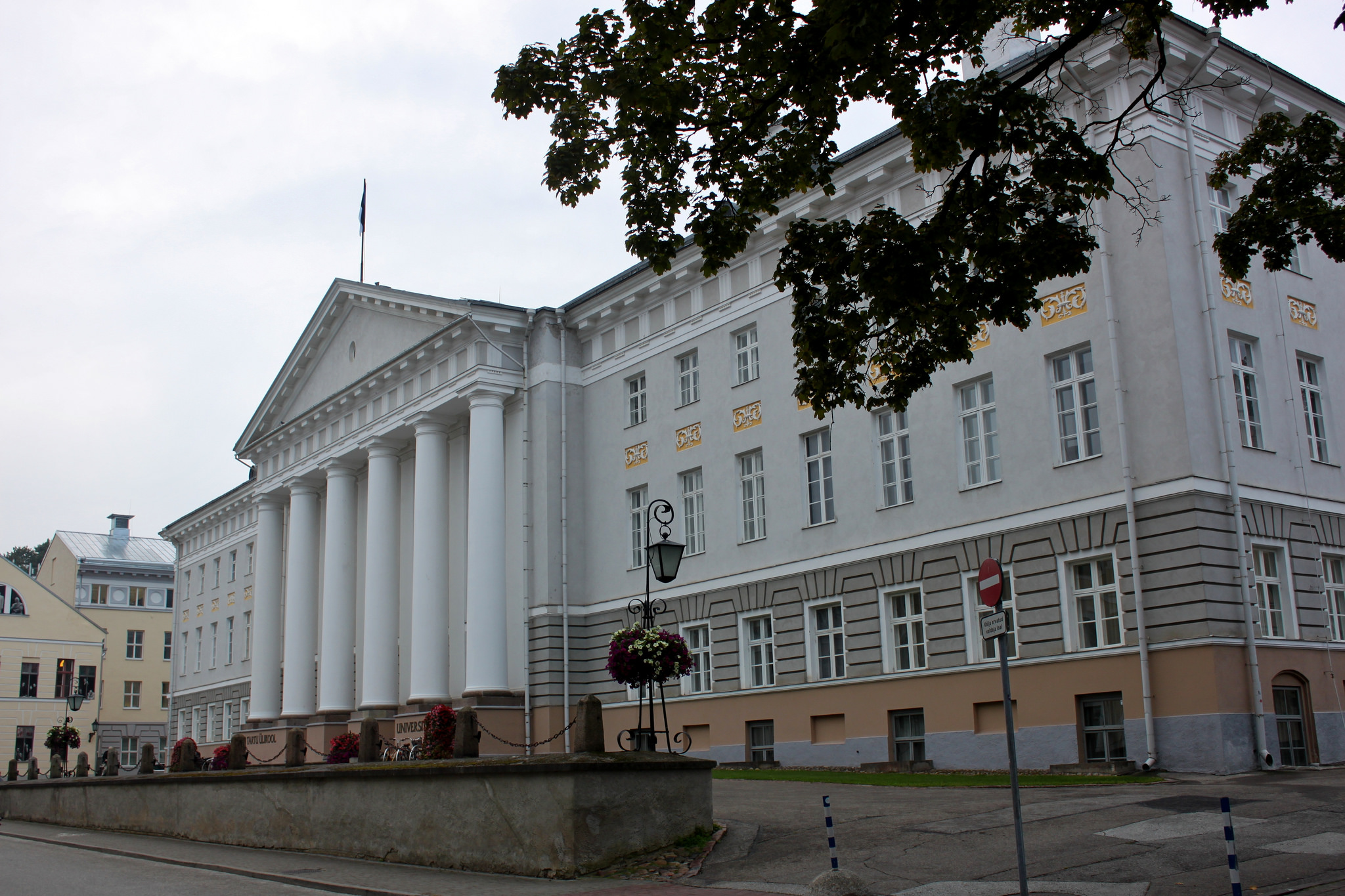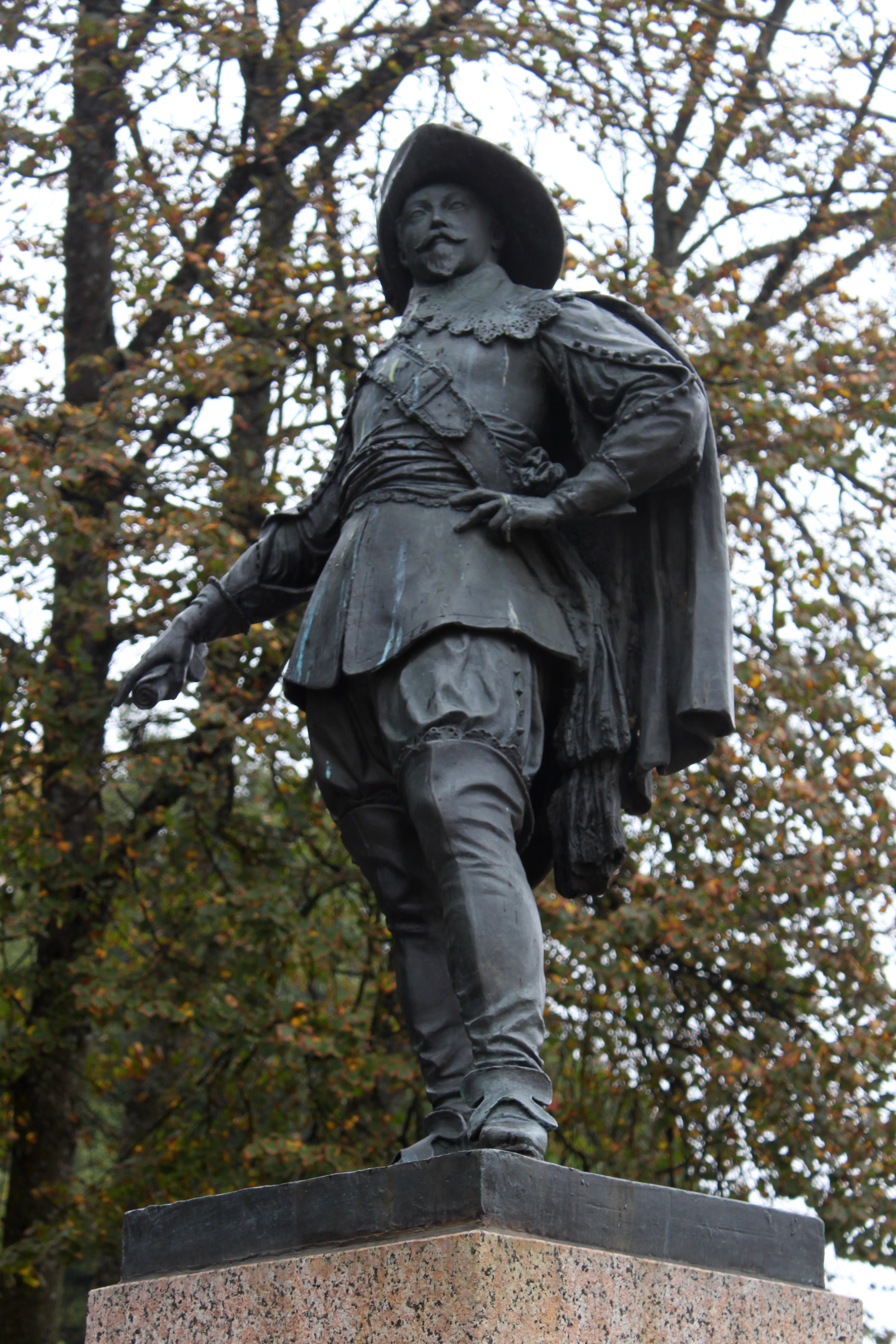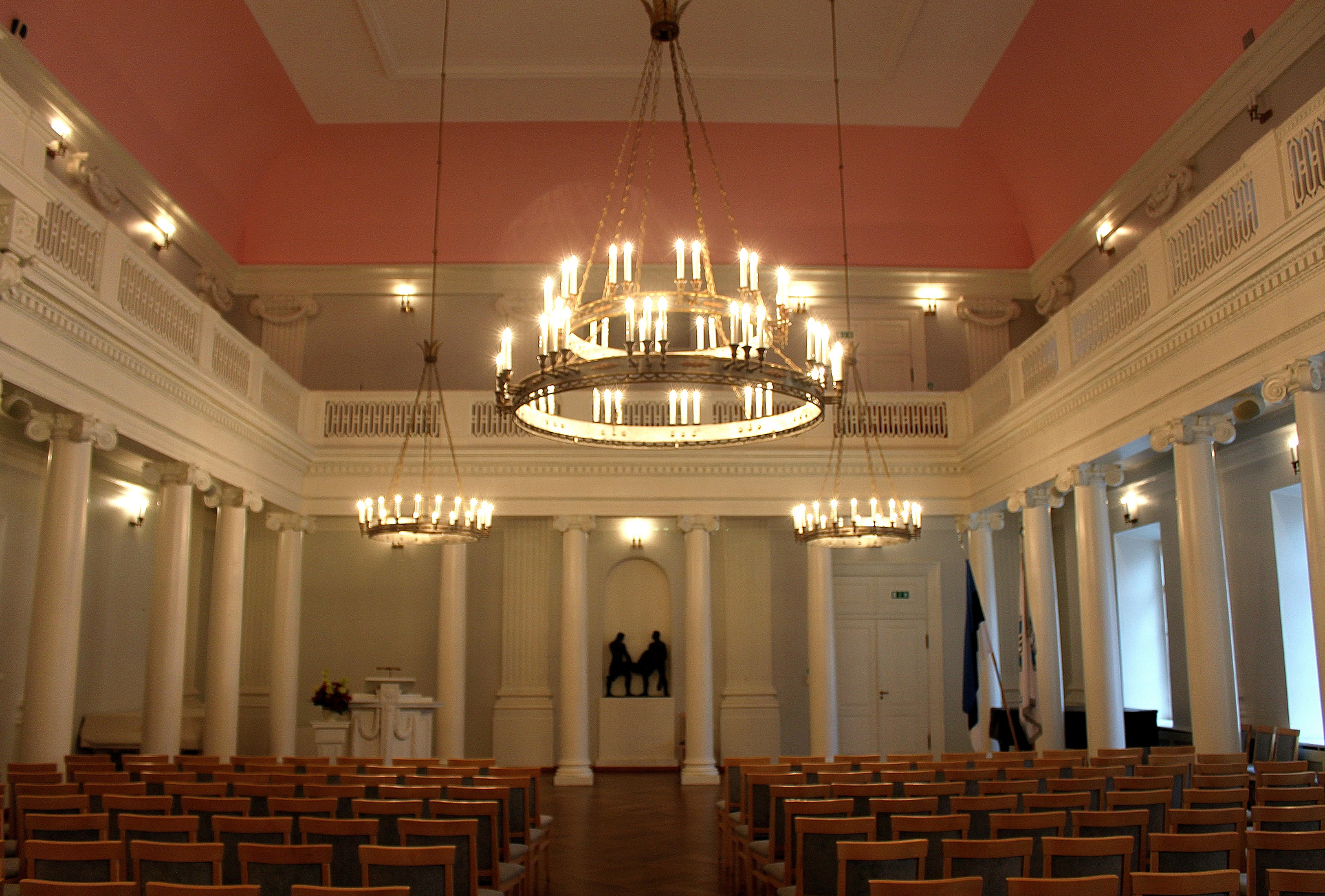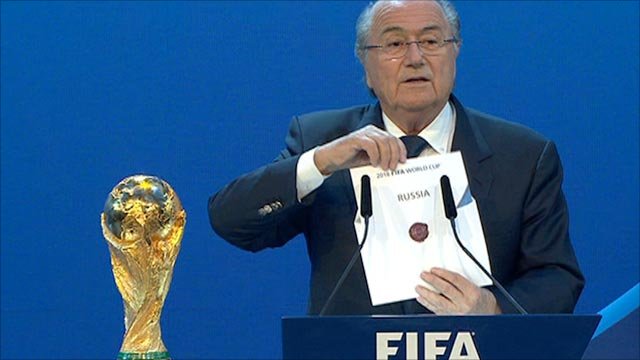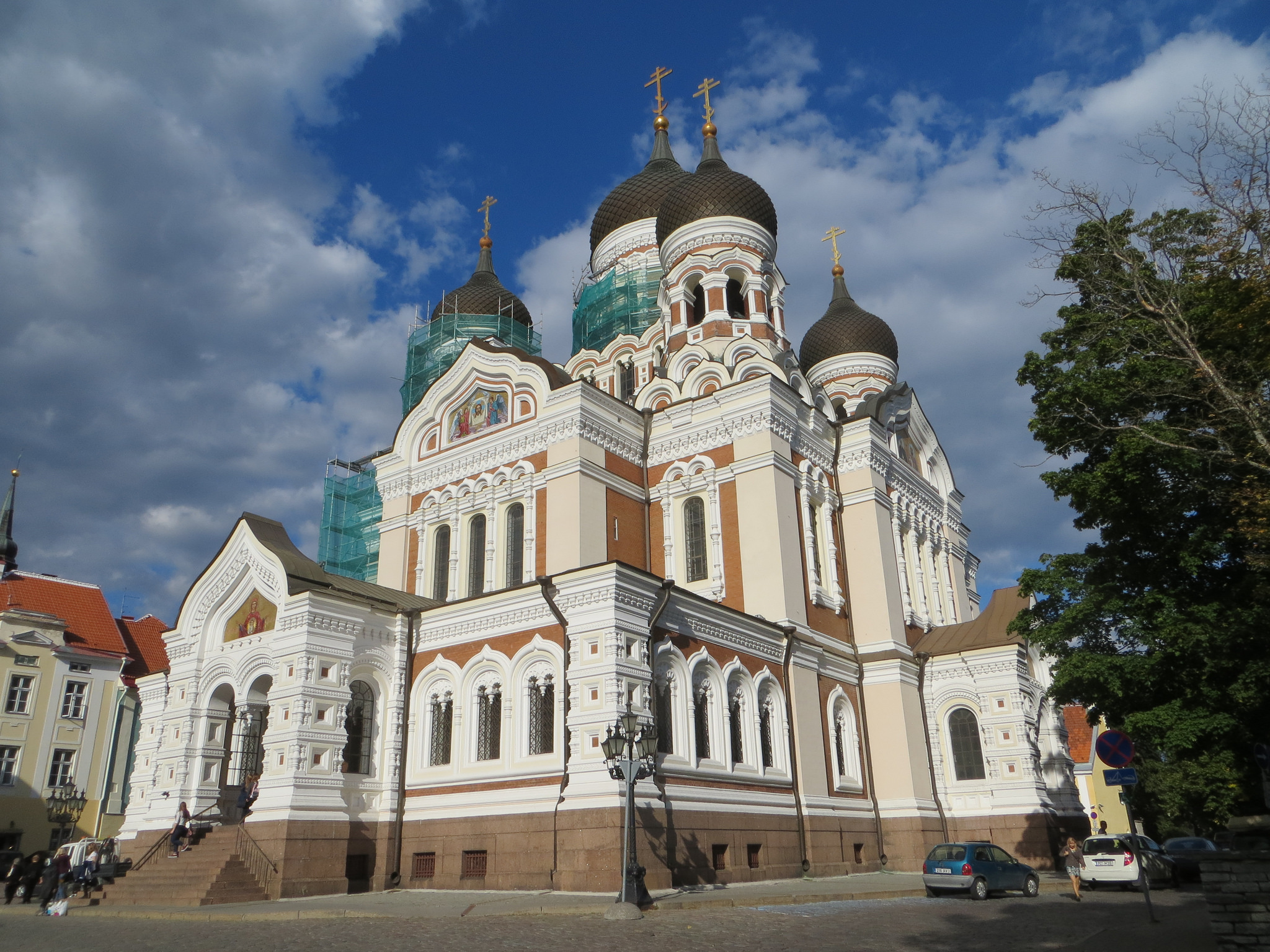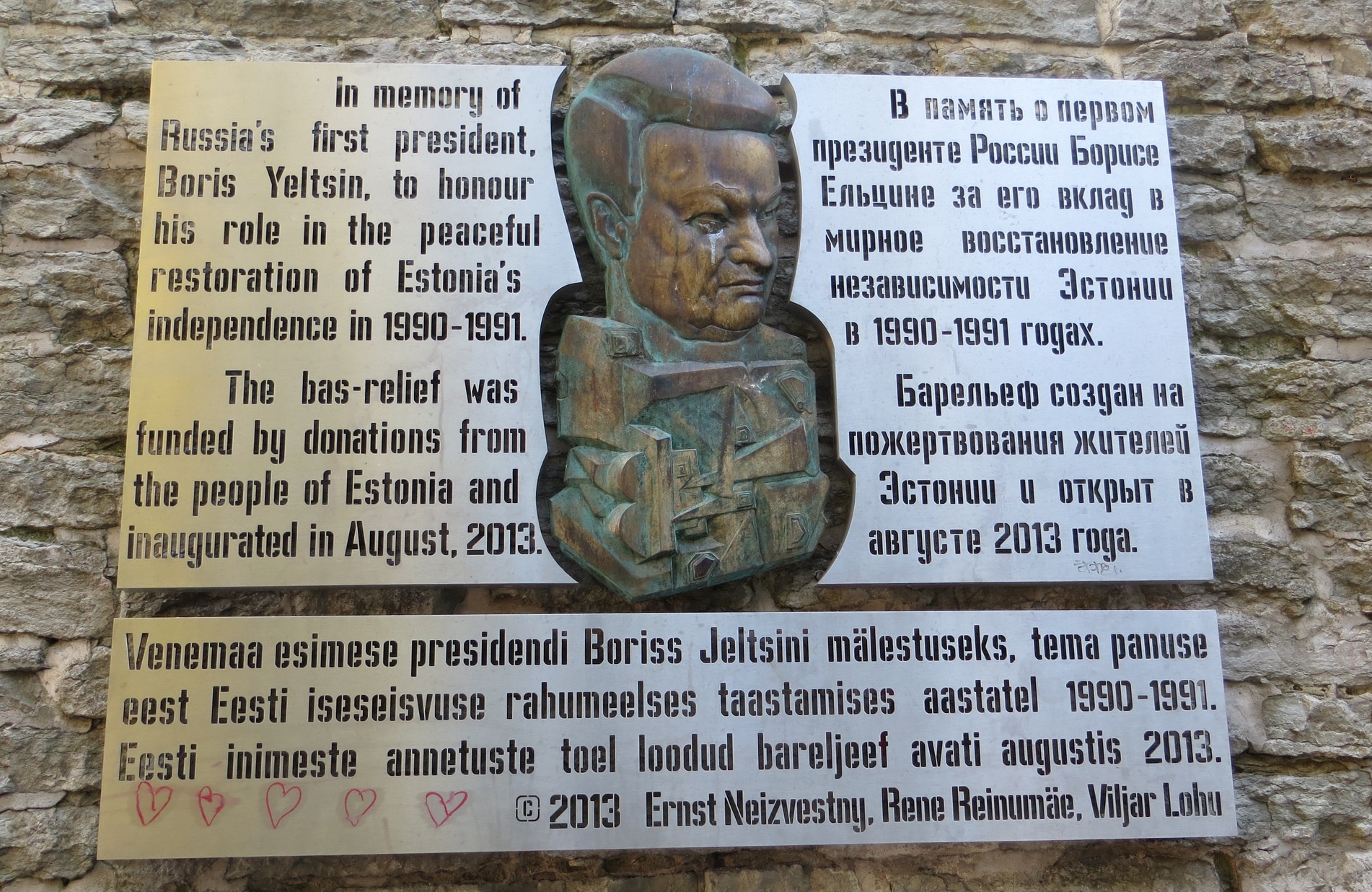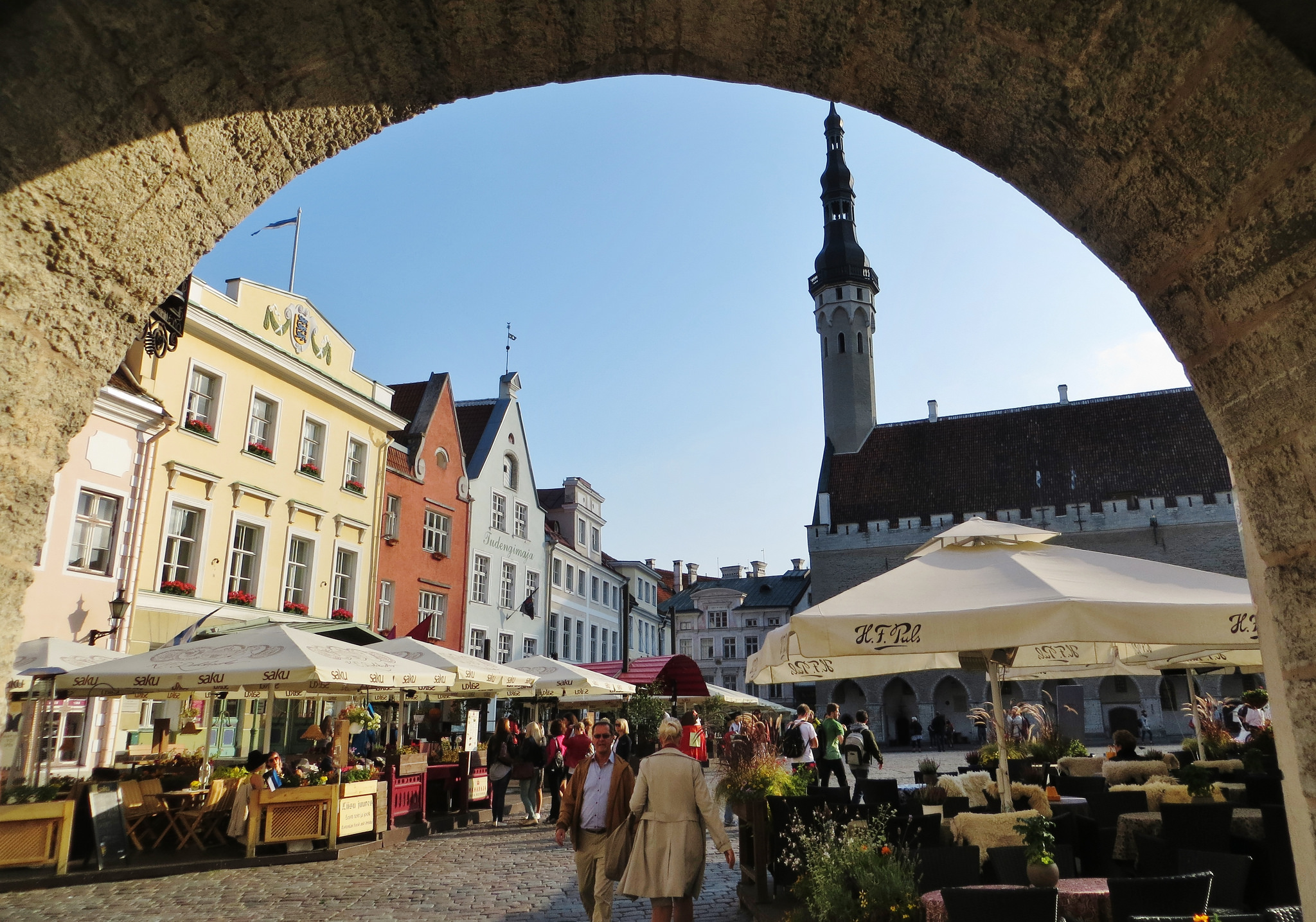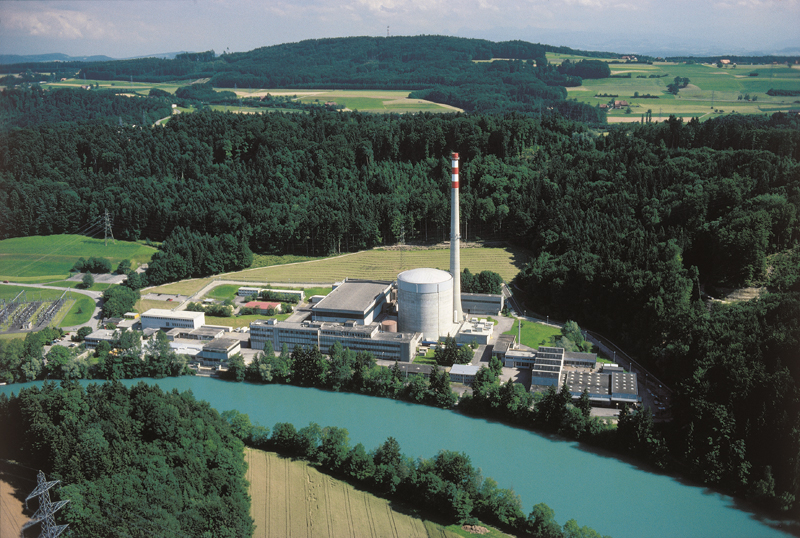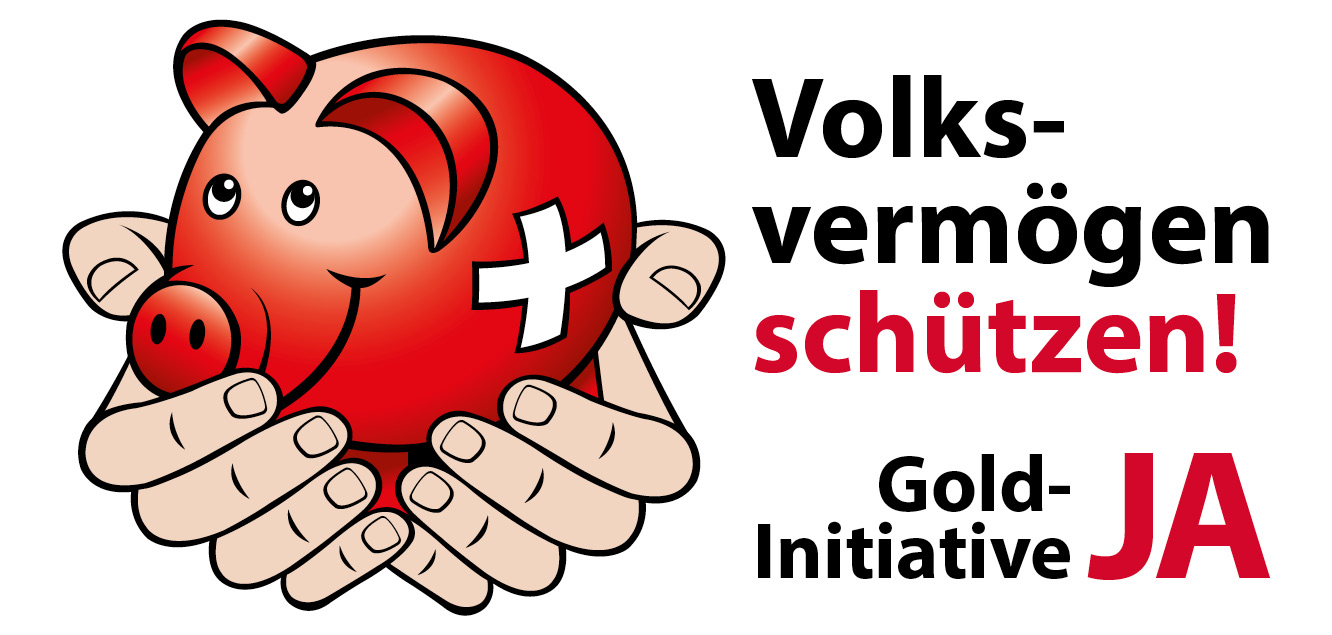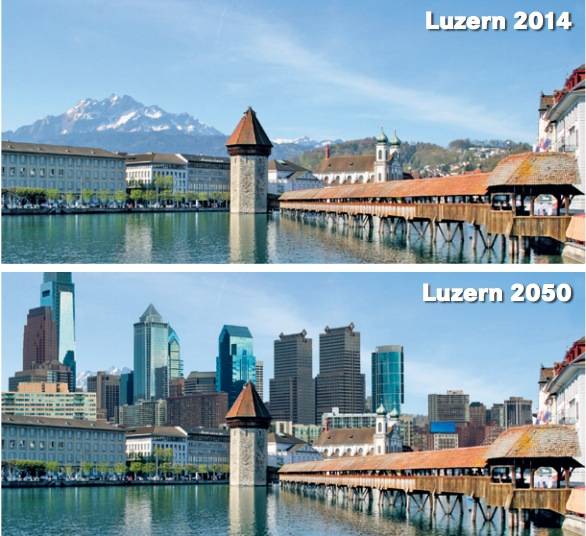After the Iranian attack of 8 January 2020 on two air bases in Iraq that housed American troops, President Trump made a public statement, surrounded by his entire national security team. While the media parsed Trump’s statement to understand what further actions he might take, one revealing sentence received little attention: “For far too long, all the way back to 1979 to be exact, nations have tolerated Iran’s destructive, destabilizing behavior in the Middle East and beyond. Those days are over.” A few days before that, he declared that he had identified fifty-two potential targets for retaliation, including cultural sites.
Fundamentalist thinkers and political leaders lack a tolerance for ambiguity. There is only one truth, theirs, and this truth is true across history. In the United States, exceptionalist thinkers legitimize all actions as long as they are rooted in what they see as the foundational principles established by the Founding Fathers. If people saw things differently at different times they must have been wrong because otherwise there would have to be more than one truth. In the view of American nationalists, Trump is the messianic leader who reclaims and realizes these principles in an authentic way, which is why all his moral failings are forgiven and forgotten. And this is why Trump and his Apostles reject history in all its differentiations and ambiguities. Trump’s statement about Iran is exhibit A.
For American nationalists, 1979 serves as a template for national humiliation that needs to be erased by toppling the Islamic regime in Iran. On 4 November 1979, a group of Iranian college students who supported the Iranian Revolution took over the US embassy in Teheran and held fifty-two Americans hostage for a total of 444 days. Ever since, American nationalists have sought revenge to expunge this national humiliation. Trump’s language and actions entirely embrace this viewpoint–hence his reference to 1979 and the fifty-two targets, one for each hostage, that included cultural sites, that is sites of national memory.
For Iranians, 1953 is a corresponding year of humiliation. This is the year when the US government destroyed Iranian democracy by toppling the democratically elected Iranian prime minister Mohammad Mosaddeg. Mosaddeg had plans to nationalize the oil industry, much to the chagrin of large British and American oil companies. The Truman administration turned them down, but the incoming Eisenhower administration was more open to their cause. In August 1953, the CIA engineered a bloody coup d’état in Iran. Mosaddeg was arrested and many of his associates killed. The Americans installed Shah Mohammad Reza Pahlavi as authoritarian ruler of Iran. Pahlavi “modernized” Iran and implemented pro-Western policies that were pleasing to the oil companies. It is this regime that was toppled by the Islamists in 1979.
The important connection is that the 1953 coup d’état was planned and executed by the CIA in the US embassy in Teheran. To this day, Iranians see this as a moment of national humiliation. The Islamist student groups occupied the US embassy in 1979 in order to preempt another attempt at intervention by the United States. So the humiliation felt by the United States was motivated by the humiliation Iranians had experienced in 1953.
This intricate web of mutual humiliations makes it impossible for two nationalist regimes, the Islamic nationalists in Teheran and the White nationalists in Washington, to ever come to terms with each other. It took an enlightened leader like President Obama to help implement the Joint Comprehensive Plan of Action in 2015, more commonly known as Iran nuclear deal. Trump had to undo the deal so hysterically because it defied the false nationalist narrative of humiliation.
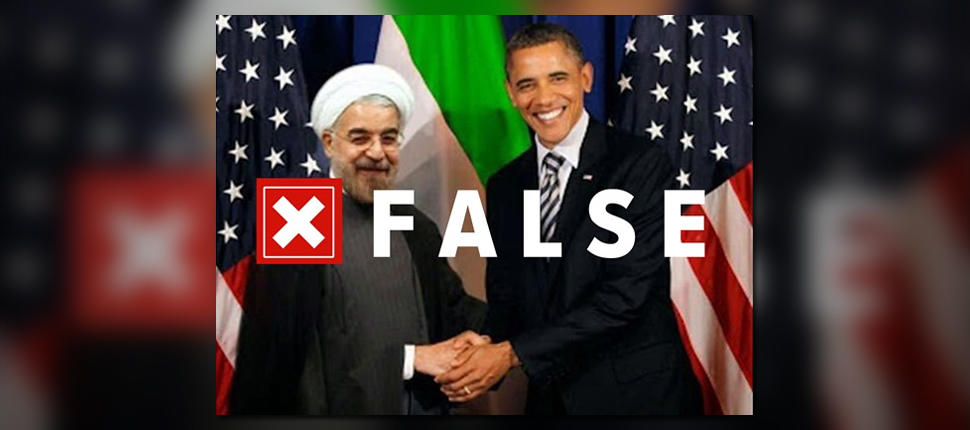
*FAKE* image from 2015 showing Iranian President Hassan Rouhani and President Barack Obama shaking hands.
Obama’s biggest sin is that he is not part of the nationalist narrative, and could never be because he is not White. This is why Trump instrumentalized the birther narrative–the false claim that Obama was born in Kenya and is a Muslim–long before he ran for president. This also is the origin of the fake and debunked 2015 image showing Iranian President Hassan Rouhani and Preisident Obama shaking hands. Yet, a Republican congressman from Arizona just retweeted it a couple of days ago to reinforce the nationalist narrative, with the caption “The world is a better place without these guys in power.”
Both in Teheran and in Washington, tired nationalist legends are retold to a gullible public. Both are steeped in narratives of national humiliation and in the righteousness of their own viewpoints. Both share an intolerance for ambiguity and a disdain for history. And both make it utterly impossible to resolve this conflict.

